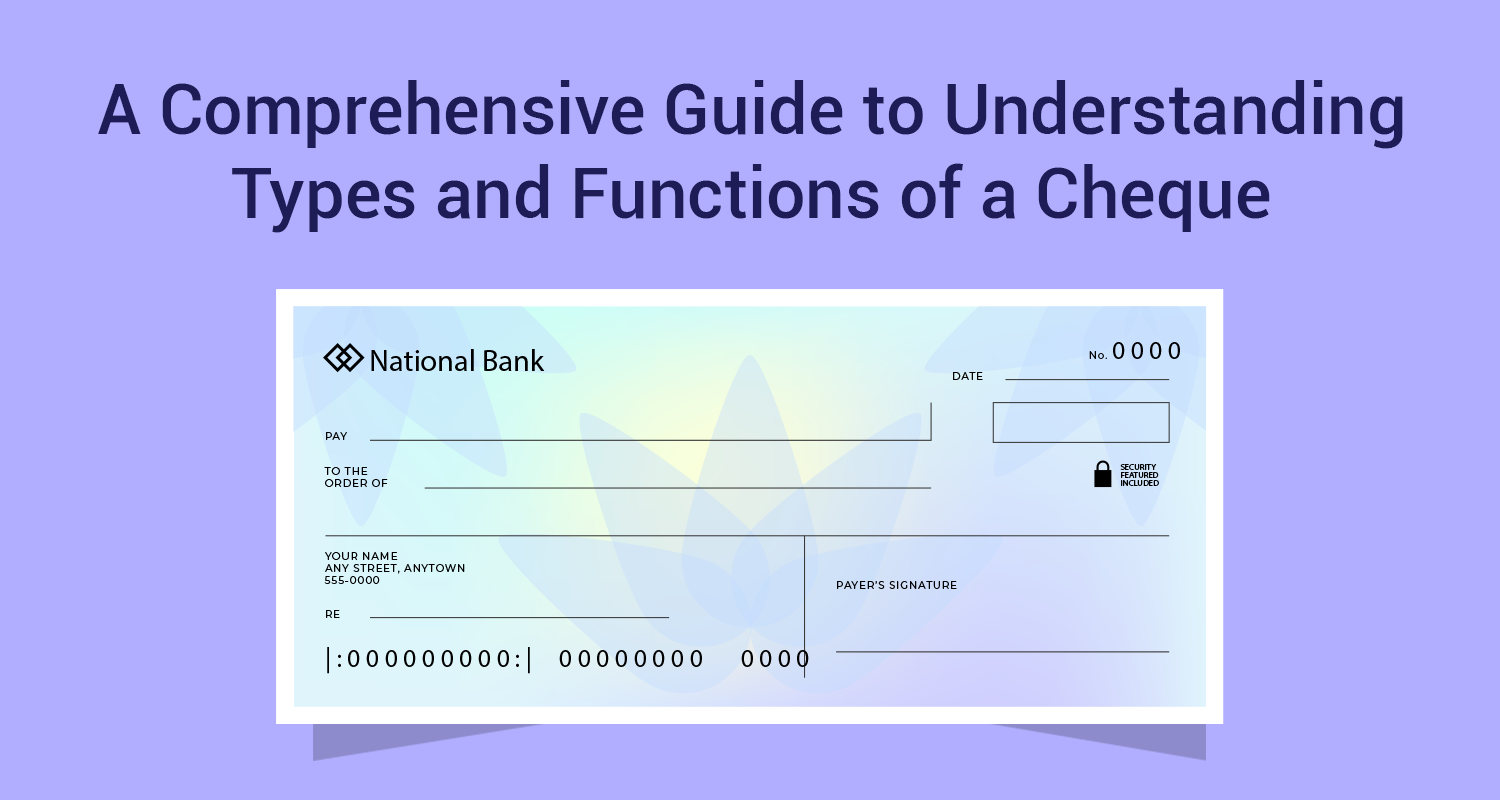If I Start A Sip Of Rs.10,000 Per Month, How Much Will I Get After 20 Years?

Systematic investment plans have the potential to create big wealth over time. There are 3 basic principles that work in favor of a SIP:
- The earlier you start investing money, the more you earn returns and therefore the more your returns will earn returns. In financial parlance, this is called the Power of Compounding.
- Time plays a bigger role in a SIP than the timing. That is why early contributions are more valuable in a SIP. That also explains why a regular SIP has a better wealth ratio than a step-up SIP.
- To get the benefit of the Power of Compounding, the investor needs to remember two things. Firstly, they need to leverage the power of equities through diversified equity funds. Secondly, they need to ensure reinvestment of returns via growth plans.
That could be your most standard refrain. How much difference can a SIP of Rs10,000 per month make to your wealth? The answer is that it can make a big difference if the investment is continued for a long time with discipline and in growth assets like equities. The question is, how much? Consider the table below.
| Particulars | Conservative Plan | Balanced Plan | Diversified Plan | Aggressive Plan |
|
Monthly SIP |
Rs.10,000 |
Rs.10,000 |
Rs.10,000 |
Rs.10,000 |
|
Tenure of SIP |
20 Years |
20 Years |
20 Years |
20 Years |
|
Indicative Returns |
10% |
12% |
14% |
17% |
|
Risk Level |
12% |
15% |
20% |
35% |
|
Total Outlay |
Rs. 24 lakhs |
Rs. 24 lakhs |
Rs. 24 lakhs |
Rs. 24 lakhs |
| Investment Value | Rs.76.57 lakhs | Rs.99.91 lakhs | Rs.131.63 lakhs | Rs.202.29 lakhs |
| Wealth Ratio | 3.19 times | 4.16 times | 5.48 times | 8.43 times |
As can be seen from the above table, the SIP of Rs.10,000 can grow into a sizable sum over 20 years depending on the asset class that you choose to invest in. Being a long-term (20 years is a fairly long time) investment, you can avoid the conservative plan altogether. That is not putting your money to good use. What about the aggressive plan? These are typically plans that have a high concentration risk, e.g. sectoral funds and thematic funds. The only problem is that the risk level (35%) is too high and you cannot afford to compromise your long-term wealth creation.
Your best choice in the above case will be the Diversified Plan for 3 key reasons. Firstly, since the fund is diversified, there is an inbuilt risk management mechanism in the fund. This reduces your overall risk. Secondly, in terms of risk-adjusted return, the diversified fund offers you a better choice compared to the others. While the aggressive plan is better on returns, it is worse off in terms of risk-adjusted returns. Lastly, the diversified plan gives you the best combination of beta and alpha. That means; you get the benefit of market index returns and also get the added returns through stock selection.
But, What Can I Do with Rs.1.31 Crore at the End of 20 Years?Getting a corpus of Rs.1.31 crore at the end of 20 years is one side of the story. The bigger question is what can you do with that? Let us assume that you are currently 30 years old and at the end of 20 years you will still have another 10 years to go for retirement. Here is what you can possibly do with Rs.1.31 crore.
- You can invest the amount as a lump-sum in an equity fund and let the corpus growth for another 10 years. Even assuming that you invest it in an equity fund earning around 15%, you will have a corpus of Rs.4.88 crore when you retire. You can surely do a lot with that money. In fact, that money can actually become the base for your retirement.
- There is another alternative that you can explore. Let us assume that you are expecting increased expenses between the ages of 50 and 60 as you need to pay for your children's college. You can convert this corpus of Rs.1.31 crore into a regular income paying SWP. You can invest the money in a debt fund and structure an SWP around it.
| Year | Opening Balance | Return on Debt Fund | Investment Value | Annual Withdrawal | Closing Balance |
|
1 |
131,63,000 |
10,53,040 |
142,16,040 |
19,61,000 |
122,55,040 |
|
2 |
122,55,040 |
9,80,403 |
132,35,443 |
19,61,000 |
112,74,443 |
|
3 |
112,74,443 |
9,01,955 |
121,76,399 |
19,61,000 |
102,15,399 |
|
4 |
102,15,399 |
8,17,232 |
110,32,631 |
19,61,000 |
90,71,631 |
|
5 |
90,71,631 |
7,25,730 |
97,97,361 |
19,61,000 |
78,36,361 |
|
6 |
78,36,361 |
6,26,909 |
84,63,270 |
19,61,000 |
65,02,270 |
|
7 |
65,02,270 |
5,20,182 |
70,22,451 |
19,61,000 |
50,61,451 |
|
8 |
50,61,451 |
4,04,916 |
54,66,368 |
19,61,000 |
35,05,368 |
|
9 |
35,05,368 |
2,80,429 |
37,85,797 |
19,61,000 |
18,24,797 |
|
10 |
18,24,797 |
1,45,984 |
19,70,781 |
19,61,000 |
9,781 |
The above SWP can be structured to pay you a monthly of income Rs.1,63,417 (Rs.19.61 lakh / 12) for the 10 years to your retirement. That is surely something!
Disclaimer: The information contained in this post is for general information purposes only. IIFL Finance Limited (including its associates and affiliates) ("the Company") assumes no liability or responsibility for any errors or omissions in the contents of this post and under no circumstances shall the Company be liable for any damage, loss, injury or disappointment etc. suffered by any reader. All information in this post is provided "as is", with no guarantee of completeness, accuracy, timeliness or of the results etc. obtained from the use of this information, and without warranty of any kind, express or implied, including, but not limited to warranties of performance, merchantability and fitness for a particular purpose. Given the changing nature of laws, rules and regulations, there may be delays, omissions or inaccuracies in the information contained in this post. The information on this post is provided with the understanding that the Company is not herein engaged in rendering legal, accounting, tax, or other professional advice and services. As such, it should not be used as a substitute for consultation with professional accounting, tax, legal or other competent advisers. This post may contain views and opinions which are those of the authors and do not necessarily reflect the official policy or position of any other agency or organization. This post may also contain links to external websites that are not provided or maintained by or in any way affiliated with the Company and the Company does not guarantee the accuracy, relevance, timeliness, or completeness of any information on these external websites. Any/ all (Gold/ Personal/ Business) loan product specifications and information that maybe stated in this post are subject to change from time to time, readers are advised to reach out to the Company for current specifications of the said (Gold/ Personal/ Business) loan.



